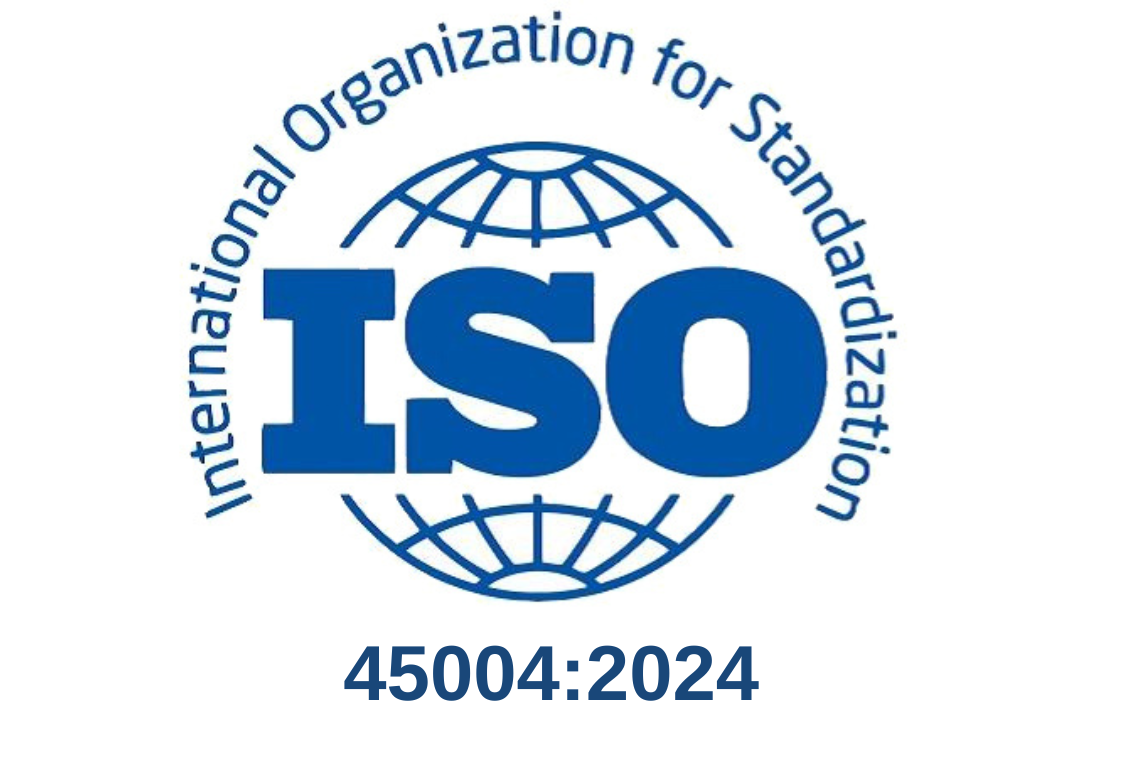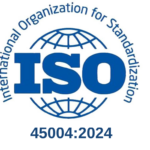ISO 45004:2024 Occupational health and safety management – Guidelines on performance evaluation was recently released to complement ISO 45001 by providing a practical guide for organisations looking to improve the monitoring, measuring and evaluation of their safety performance and not simply rely on lagging incident data.
In Australia, ISO 45004 is a positive improvement while also filling the void left by the withdrawal of an old Australian Standard AS 1885.1:1990 relating to the recording of workplace injuries and diseases. The new standard advocates for a balanced approach based on the selection of performance evaluation processes and indicators, with an emphasis on proactive (leading) OHS performance indicators. There is an acknowledgement that previously there had been a ‘tunnel vision’ over-reliance on incidents and frequency rates, and that this has undermined efforts to improve OHS performance.
OHS professionals for over the past two decades have been championing a move away from Lost Time Injury Frequency Rates (LTIFR) as a performance indicator, as it has been recognised as a flawed measure that doesn’t accurately reflect the true OHS performance of the organisation. Just because an injured employee could be provided menial duties on subsequent work shifts (and therefore avoid being recorded as an LTI), the fact that a worker was still injured seriously enough that they couldn’t return to their full work duties would not be recognised within the data.
In practical terms, ISO 45004 considers performance evaluation via a range of source data such as workplace inspections, audits, culture surveys, interview feedback, and other qualitative and quantitative indicators. Proactive organisations are using leading indicators to identify weaknesses in their safety systems and practices, before physical incidents and/or injuries occur. While ISO 45004 provides examples which demonstrate how to evaluate performance to drive continual improvement, it comes with the caveat that every organisation is different, and as such there is a need to identify performance evaluation processes and indicators to suit each organisation’s specific needs. This ties neatly back to the first step in, and integration with, the ISO45001 OHS Management Systems Standard, which is to identify the “context” of the organisation”.
However, the balanced approach recommended in ISO 45004 requires that the traditional lagging indicators of LTI, MTI, TRIs, etc and workers’ compensation costs should not be ignored.
ISO 45004:2024 is applicable to organisations of all types, irrespective of whether they have implemented formal OHS management systems. It provides practical examples and guidance to evaluate performance, drive continual improvement and aid organisations in achieving their intended results. By embracing the principles outlined within ISO45004, the identification and evaluation of OHS performance indicators will assist in identifying areas where intended performance is not being met, and the application of targeted plans and actions to address these. Ultimately, this should result in improved OHS performance and a safer workplace for all.
Please contact QRMC for more information or assistance.











